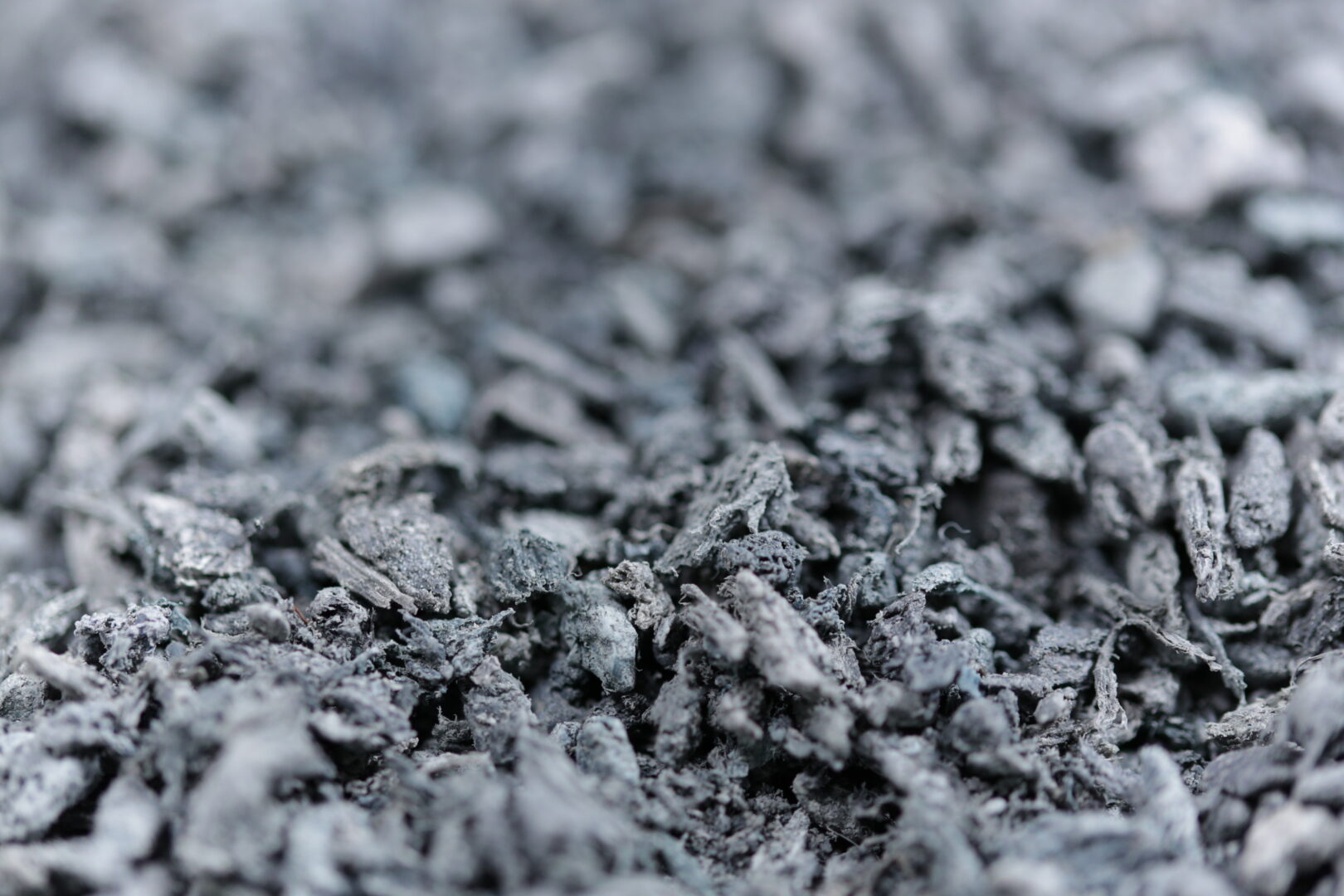
Ground up plastic to be used in Resin 8 and mixed with cement.

Ground up plastic to be used in Resin 8 and mixed with cement.

Ground up plastic to be used in Resin 8 and mixed with cement.
Airdate: November 03, 2022
A recent report from the environmental group Greenpeace concluded that of the 51 million tons of plastic produced by Americans last year, about 2.4 million tons were recycled, which is about 5% of the country’s plastic waste. Bottom line – we don’t recycle a lot of plastic compared to how much is produced or used.
That’s why news of a new plant in York that transforms plastic waste into an additive for concrete was met with some excitement.
It has sparked conversation about the process and whether it can contribute to less plastic ending up in landfills.
Ross Gibby, Chief Operating Officer for CRDC Global, the company that just opened in York appeared on The Spark Thursday and explained plastic is taken in, cleaned and shredded. it eventually is ground up and replaces sand as an additive in concrete, “Sand in a concrete product is just a filler. Basically, concrete has three core components. It is cement, which is like the glue that holds it all together, water, which is what cures the cement. It hydrates and cures the cement and then fillers or aggregates. So those aggregates are rock, they’re sand. And then depending on the type of aggregate that you use, that’s where you get the variability in concrete performance. So we are what’s called a synthetic aggregate. We call it an eco-aggregate, obviously because of its environmental benefits. But sand in a concrete product generally is just a filler, however Resin 8 (the final product) when it replaces sand, it actually adds value. So it reduces the weight. First of all, compared to sand, it’s one quarter of the weight by volume and we replace the sand by volume. So it reduces the weight of a concrete product, it lowers the water absorption, which adds to the durability and longevity of the concrete, and it also adds insulation. When you put it into a building, you’re reducing energy usage of the building over time.”
The York plant is the first of it’s kind in the United States and second in the world. Gibby indicated there are plans for more plastic waste to concrete plants that will help reduce plastic waste even more.
The days of journalism’s one-way street of simply producing stories for the public have long been over. Now, it’s time to find better ways to interact with you and ensure we meet your high standards of what a credible media organization should be.